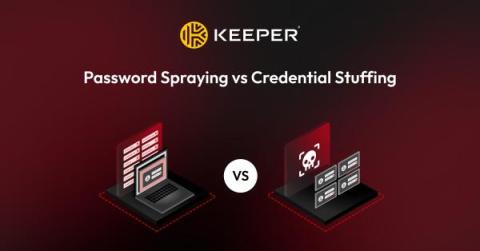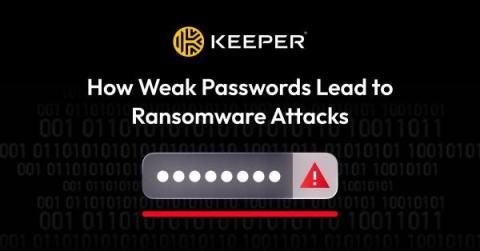Password Spraying vs Credential Stuffing
Password spraying and credential stuffing have a lot in common, but the main difference is in the way the attack is executed. With credential stuffing, the cybercriminal already has a set of verified login credentials, whereas, with password spraying, the cybercriminal has to guess the login credentials by matching a list of usernames with a commonly used password.











